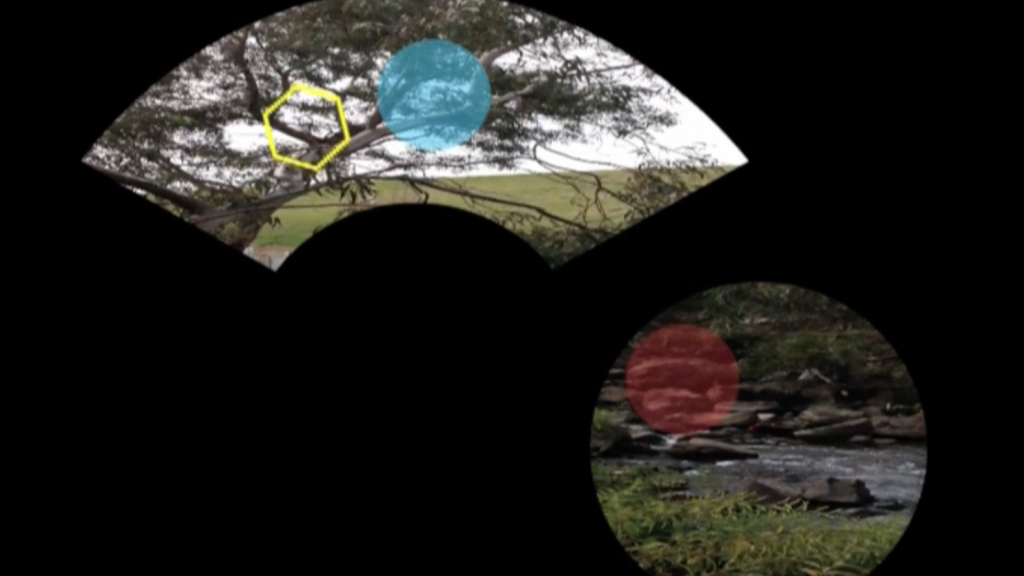UNSW Art & Design presents at 4A: ‘Memes, Myth and Meaning in 21st Century Chinese Visual Culture’

When
Thursday, 18 July 2019, 8:00am
Location
4A Centre for Contemporary Asian Art
181-187 Hay St, Haymarket
SYDNEY. 18 JULY, 2019, 6.00 – 8.00PM
Dr. Justine Poplin (Victoria University Melbourne)
Moderator: Dr. Yu-Chieh Li (UNSW Art & Design)
With the expansion of our social networks and access to information through freely available online sources, the internet can provide an inspiring and highly educational method of working, communicating and researching. Yet not all people have unfettered connection to the global community as mediated through online sources, but instead are constrained by online and offline environments created by political entities.
This presentation outlines the background surrounding internet censorship in mainland China and explores significant expressions of identity through visual culture that proliferate despite censorship. Notwithstanding the restrictions on speech and expression of ideas that are divergent to the harmonious society, the online ecology lends itself to creative pathways to circumnavigate and attain information. The practice of using online visual metaphors is an alternative way to communicate to a like-minded community, simultaneously connecting to the subculture through codes, that were initially created to be read by people in that community. Focussing on the emergence of the Grass Mud Horse phenomenon in 2009, this particular symbol is used to explain how the internet can be driver for new forms of visual culture; outlining how, through online communities new heroic icons emerge. Poplin further claims that due to internet censorship, symbols are created by anonymous online users to circumnavigate the restrictions of internet censorship.
The discussion explores the capacity for understanding this contemporary and unique online visual phenomenon, also demonstrating how it manifests, drives and creates new forms of visual culture with a world spirit in mainland China and beyond. By giving examples of how creativity and online identities manifest and thrive through online communities using coded visual metaphors, the creation and use of the symbolism signifies an ideological departure from accepted and acknowledged Chinese values and belief systems through mimetic usage in art and design.
Artists
Presented by UNSW | Art & Design in partnership with 4A Centre for Contemporary Asian Art.
Series organisers: Prof. Paul Gladston and Dr Yu-Chieh Li

